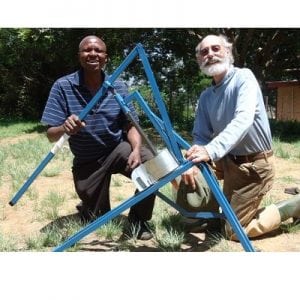
Agriculture
February 1, 2024
Iketsetse Single Stroke Maize Sheller
Read SolutionImplemented by
Elliot Litsebe Tsiame
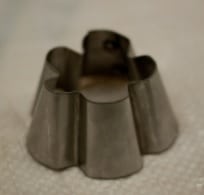
Updated on September 11, 2024
·Created on September 22, 2018
A simple Do IT Yourself (DIY) corn shelling tool which makes the corn shelling task easy and faster compared to the traditional methods.
MIT D-lab’s corn sheller is a low-cost solution for removing maize kernels from the cob faster and safer than manual shelling. It can be built with simple tools and a piece of metal sheet.
This product is an open-source technology, with full details for replication available online.
Target SDGs
SDG 2: Zero Hunger
SDG 1: No Poverty
Target Users (Target Impact Group)
Small and Medium-sized Enterprises
Distributors / Implementing Organizations
MIT's D-lab and partners (community partners, Whirlwind Wheelchari International)
Competitive Landscape
Direct competitors include Iketsetse Single Stroke Maize Sheller.
Regions
Africa, Asia, Caribbean, Latin America
Manufacturing/Building Method
Do it yourself (DIY) instructions are available online. The user needs to build a metal jig which requires welding operations. The metal jig can be used to produce as many corn shellers as desired. Once the jig is ready, a piece of metal sheet can be shaped into a corn sheller following 7 simple steps (Cutting the metal sheet, forming the ridge, forming the cone, riveting, spot welding, finishing the sheller). Tools needed to make the corn sheller include: metal jig, hammer, shears, pliers, wood block, pipe or rod.
Intellectural Property Type
Copyright
User Provision Model
Do it yourself (DIY) instructions are available online, workshops can be offered through local partners to teach the communities how to build and use the product
Distributions to Date Status
D-Lab’s corn sheller and jig have been taken to more than 10 countries.
Shelling capacity (kg/hr)
Unknown
Manual or motorized
Manual
Perforation sizes for nuts (mm)
N/A
Shelling efficiency (%)
Unknown
Materials
Metal sheet
Varieties shelled
Different corn varieties, size is adaptable
Nut breakage rate (%)
N/A
Design Specifications
D-Lab corn sheller is highly portable and requires no electricity. It can be built from any type of metal sheet locally available. The mold for the sheller, is cut to fit the local variety of the corn. The sheller is placed on the corn cob, and the corn bob is span while being held still with the hand. The ridges in the sheller pulls out the grains from the cob as the cob is being span in the sheller. It requires virtually no training to be used, and some tool handling skills to be built. It can be built varying the corn sheller diameter depending on the user's needs.
Technical Support
The product is distributed through help of local community partners and usually easy to use, in cases of further assistance, partners can be reached for assistance, although this would be rare.
Replacement Components
It can be built with locally available materials, which can be used as replacement as well.
Lifecycle
It can be recycled afterwards.
Manufacturer Specified Performance Parameters
Ability to build anywhere with local materials, affordability.
Vetted Performance Status
The sheller is said to work at least four times faster than by hand
Safety
Potential cuts while building and handling metal sheet. Depending on the materials used the tool can present rusting.
Complementary Technical Systems
None
Academic Research and References
Trottier, Katherine. 2014. Low-Cost Maize Shellers for Nepal
Ward, L. 2008. MIT’s Guru of Low-Tech Engineering Fixes the World on $2 a Day Popular Mechanics
Compliance with regulations
Unknown
Other Information

Agriculture
February 1, 2024
Implemented by
Elliot Litsebe Tsiame
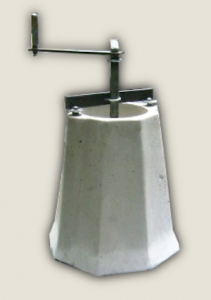
Agriculture
September 11, 2024
Implemented by
Jock Brandis & Wes Perry – Full Belly Project
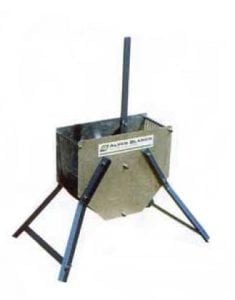
Agriculture
September 11, 2024
Implemented by
Alvan Blanch
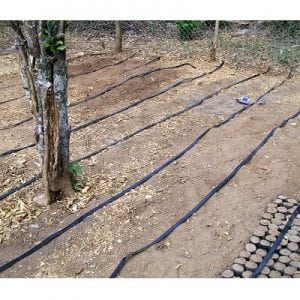
Agriculture
August 21, 2024
Implemented by
EOS International
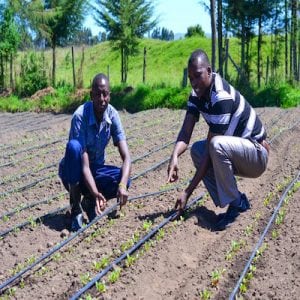
Agriculture
January 20, 2024
Implemented by
SunCulture
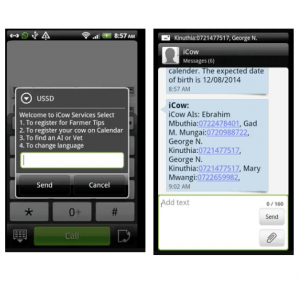
Agriculture
May 24, 2024
Implemented by
iCow

Agriculture
May 24, 2024
Implemented by
myAgro
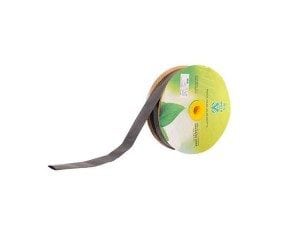
Agriculture
August 21, 2024
Implemented by
KSNM
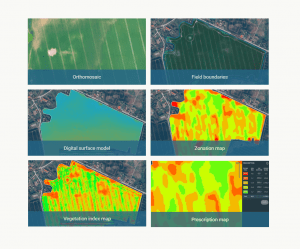
Agriculture
June 14, 2024
Implemented by
Parrot
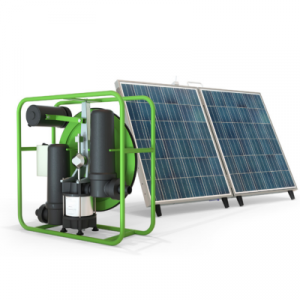
Agriculture
August 23, 2024
Implemented by
Futurepump Ltd.
Have thoughts on how we can improve?
Give Us Feedback